The Ultimate 2025 Guide to Review Management for Business Growth
Master review management in 2025 to boost trust, SEO, and customer growth with proven strategies for lasting business success.
Mike | 14 Oct 2025

Introduction: Why Reviews Are the New Word of Mouth
In today’s digital-first world, customer reviews have become the modern version of word-of-mouth marketing. Before making a purchase or visiting a store, most people check online reviews to see what others think. Whether it’s a cozy local café, an e-commerce brand, or a multinational company, reviews now play a massive role in building trust and influencing decisions.
For businesses, this means review management isn’t just about reputation anymore — it’s a key growth strategy. Done right, it attracts more customers, boosts SEO visibility, and strengthens your brand’s credibility. Whether you run a small business or manage a global enterprise, mastering review management can unlock long-term success.
What Is Review Management?
Review management is the process of monitoring, analyzing, and responding to customer reviews across different platforms — like Google, Yelp, Facebook, TripAdvisor, and other industry-specific sites.
It involves:
- Collecting and tracking feedback
- Analyzing customer sentiment
- Responding to both positive and negative reviews
- Using feedback to improve products or services
In simple terms, review management helps you shape your own online reputation. Instead of letting others define your brand, you take control of the conversation and show customers that their voices truly matter.
In 2025, review management has evolved beyond manual tracking. Businesses now use AI-powered tools, sentiment analysis, and automation to respond in real-time — making review management a powerful growth and trust-building strategy.
Why Review Management Matters
1. Builds Credibility and Trust
A business that consistently receives authentic, positive reviews instantly looks more trustworthy. Research shows that over 90% of consumers read online reviews before buying, and 84% trust them as much as personal recommendations.
When potential customers see others praising your business — and notice that you engage and respond — they’re far more likely to choose you.
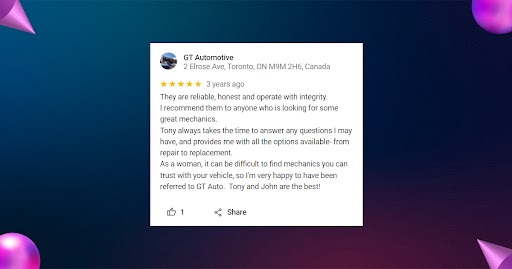
2. Boosts Search Visibility and Local SEO
Search engines like Google reward businesses that have strong review profiles. Frequent, genuine, and well-managed reviews signal credibility, improving your local search rankings.
When you regularly respond to feedback, Google views that as a positive ranking factor. Higher-rated businesses are also more likely to appear in the Google Local 3-Pack — the top map results people see in local searches.
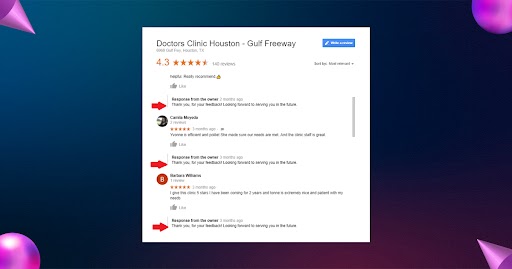
3. Drives More Conversions
Positive reviews act as powerful social proof. Studies show that even a one-star improvement in ratings can boost revenue by 5–9%.
Customers trust real experiences more than ads, so featuring genuine feedback can dramatically improve conversions and repeat purchases.
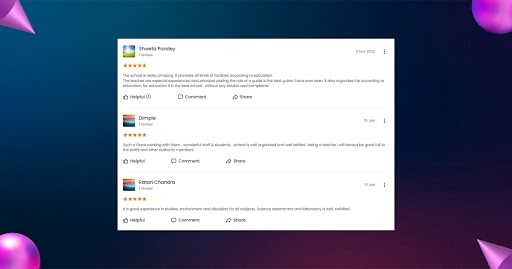
4. Offers Insightful Customer Feedback
Every review — good or bad — gives you valuable insights. By analyzing recurring themes, you can pinpoint issues, celebrate strengths, and improve your products or services.
Essentially, reviews create a continuous feedback loop that helps refine your business and enhance customer satisfaction.

5. Helps Manage Negative Reviews Professionally
No business is perfect — negative reviews happen. But how you handle them says everything about your professionalism.
Responding calmly and empathetically shows you care. A well-handled negative review can often turn an unhappy customer into a loyal one, while also showing others that your brand values transparency and accountability.

6. Enhances Brand Image and Customer Loyalty
When you respond to reviews, customers feel valued and heard. That connection builds loyalty — and loyal customers don’t just come back, they bring others with them. Over time, this genuine engagement strengthens your brand and sets you apart from competitors.
7. Supports Your Marketing and Content Strategy
User-generated content — like reviews and testimonials — is marketing gold. You can repurpose it in:
- Website testimonials
- Social media posts
- Paid ads
- Email newsletters
Authentic reviews add credibility and humanize your brand, making your marketing more relatable and persuasive.
How Review Management Works
Here’s a simple step-by-step approach to effective review management:
- Monitor Reviews Across Platforms – Track what customers are saying on Google, Yelp, Facebook, TripAdvisor, and others.
- Analyze Review Data – Identify trends, recurring issues, and key themes.
- Respond Promptly and Professionally – Acknowledge all reviews, positive or negative.
- Encourage Happy Customers to Leave Reviews – Make it easy for satisfied customers to share feedback.
- Use Feedback for Improvement – Implement customer suggestions and fix recurring problems.
By following these steps, you turn customer feedback into a powerful tool for ongoing improvement and trust-building.
Review Management Strategies That Drive More Customers
To make review management a genuine growth driver, try these proven strategies:
1. Encourage Customers to Leave Reviews
Happy customers often won’t leave reviews unless asked.
- Send follow-up emails or texts after positive interactions.
- Use a QR code generator to make QR codes and add them to receipts or packaging that link to your review page.
- Automate requests using CRM tools.
- Offer small, ethical incentives like loyalty points.
The easier you make the process, the more reviews you’ll receive.
2. Respond to Every Review
Your responses matter — whether it’s praise or criticism.
For positive reviews:
“Thank you for your feedback! We’re glad you loved your experience.”
For negative reviews:
“We’re sorry to hear that. Please contact us directly so we can make it right.”
Aim to respond within 24–48 hours. It shows attentiveness and genuine care.
3. Monitor Reviews Across Platforms
Use tools like:
- Google Business Profile Dashboard
- Birdeye
- Podium
- Reputation.com
- Trustpilot
These tools centralize reviews so you never miss an opportunity to engage or learn.
4. Analyze Review Trends
Look for recurring patterns or keywords in reviews. These insights help you improve service quality and product performance.
5. Leverage Reviews in Marketing
Highlight your best reviews in ads, emails, and social media to attract new customers and reinforce trust.
6. Integrate Reviews with Your SEO Strategy
Google considers review quality, quantity, and recency in its algorithms. Encourage customers to mention specific products or services to boost your keyword visibility.
7. Create a Review Response Policy
A clear response policy ensures consistent communication. Include tone guidelines, templates, and steps for handling negative feedback.
8. Encourage Private Feedback
Give customers an easy way to share feedback privately — like surveys or feedback forms. It helps address issues before they become public complaints.
9. Showcase Review Improvements
Publicly share updates like, “Thanks to your feedback, we’ve reduced delivery times by 20%.”
It shows customers their input makes a difference.
The Role of Technology in Review Management
Modern review management depends on automation and analytics.
AI-driven tools such as Reputation.com, Birdeye, Yotpo, and Podium help you:
- Collect and display reviews
- Automate responses
- Analyze sentiment
- Manage multiple platforms in one place
- Get instant alerts for new feedback
These technologies streamline review handling, saving time while helping you respond smarter and faster.
Emerging Trends in Review Management (2025 and Beyond)
- AI-Powered Review Insights – AI can now categorize and interpret sentiments instantly.
- Voice and Video Reviews – Customers increasingly prefer authentic video testimonials.
- Blockchain Verification – Used to confirm the authenticity of reviews.
- Integrated CRM Systems – Merging review data with customer profiles for personalization.
- Automation & Smart Templates – AI-generated responses that sound professional yet human.
Common Mistakes to Avoid
- Ignoring negative reviews
- Posting fake or paid reviews
- Using robotic, generic replies
- Deleting legitimate criticism instead of addressing it
Authenticity and consistency are what truly build credibility.
Real-World Example
Imagine two local restaurants:
- Restaurant A ignores reviews and never responds.
- Restaurant B replies to every review and resolves complaints quickly.
Over time, Restaurant B climbs higher on Google Maps, earns customer trust, and attracts more visitors — all through proactive review management.
The Future of Review Management
As we move through 2025 and beyond, review management will become even more integrated into customer experience strategies. Expect to see reviews influencing voice assistant searches, AR shopping, and personalized marketing.
Businesses that embrace transparency, quick responses, and tech-powered insights will continue to lead their industries.
Conclusion: Turn Reviews into a Reputation Engine
Effective review management isn’t just about protecting your image — it’s about building trust, improving visibility, and driving lasting growth.
Every review is a chance to learn, improve, and connect. Businesses that listen and respond authentically will always come out on top.
Start today: monitor, respond, and engage — and watch your customer feedback become your strongest marketing weapon.
Frequently Asked Questions (FAQ)
- What exactly is review management?
It’s the process of monitoring, analysing, and responding to online reviews to maintain a positive reputation and improve customer satisfaction. - Why are online reviews important for businesses?
They influence buying decisions, impact SEO rankings, and build trust. Positive reviews attract more customers; well-handled negative reviews show professionalism. - Can responding to reviews improve SEO?
Yes. Google values active engagement and fresh review content, improving your visibility in local searches. - How should I respond to negative reviews?
Stay calm, apologise if necessary, and offer to resolve the issue privately. Never argue or ignore complaints. - How can businesses get more reviews?
Ask customers politely, include review links in follow-ups, and simplify the process with QR codes or SMS links.

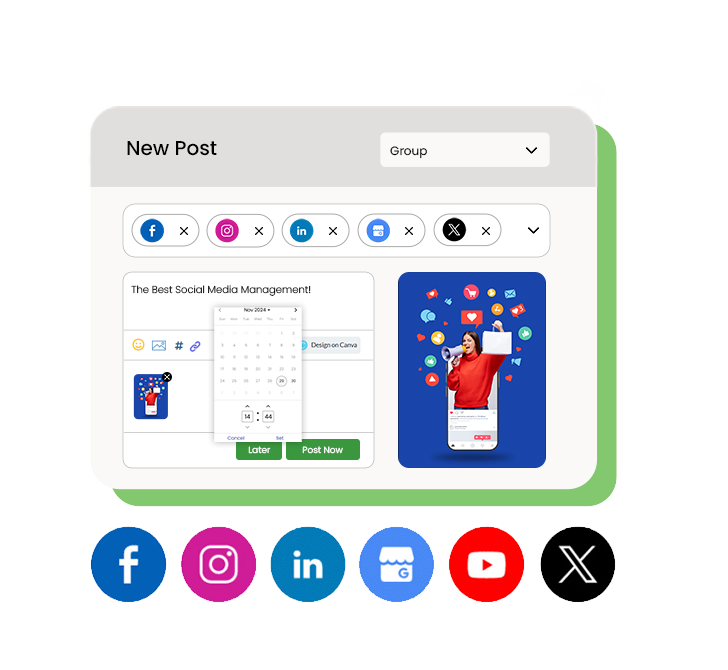
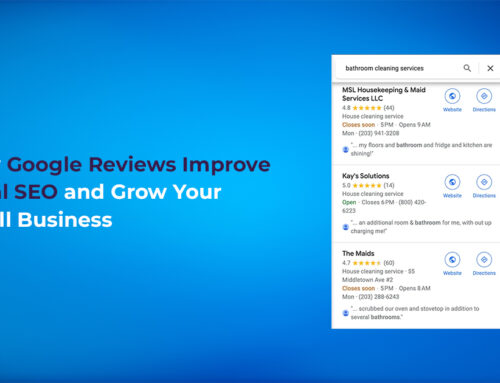
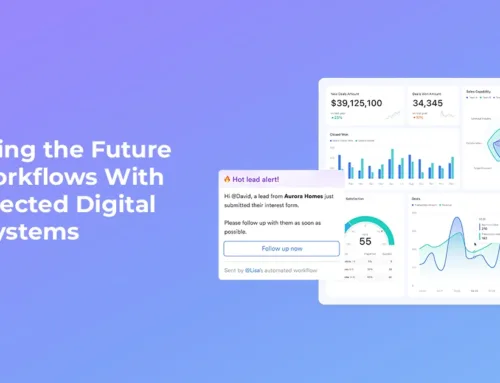



Leave A Comment